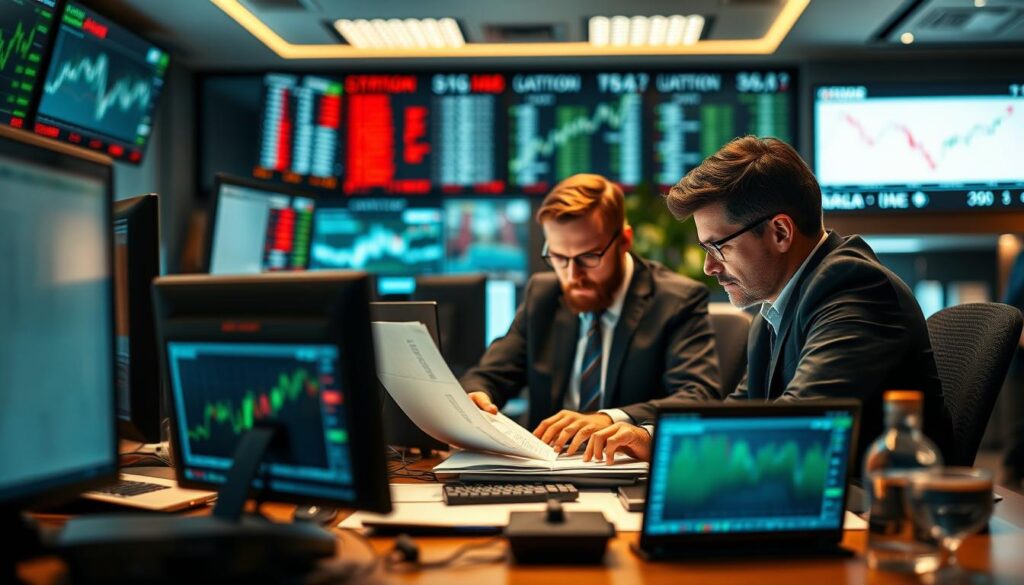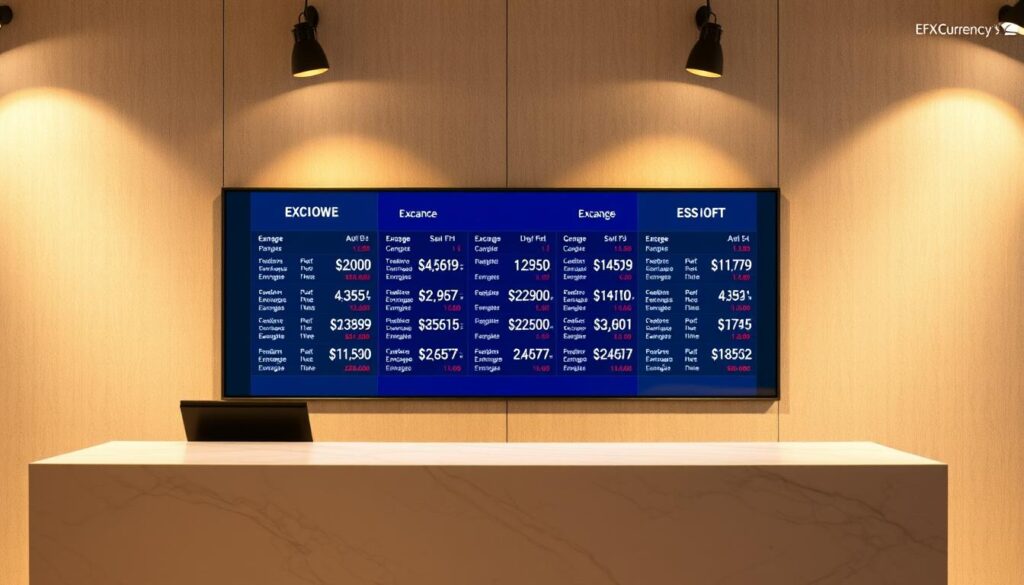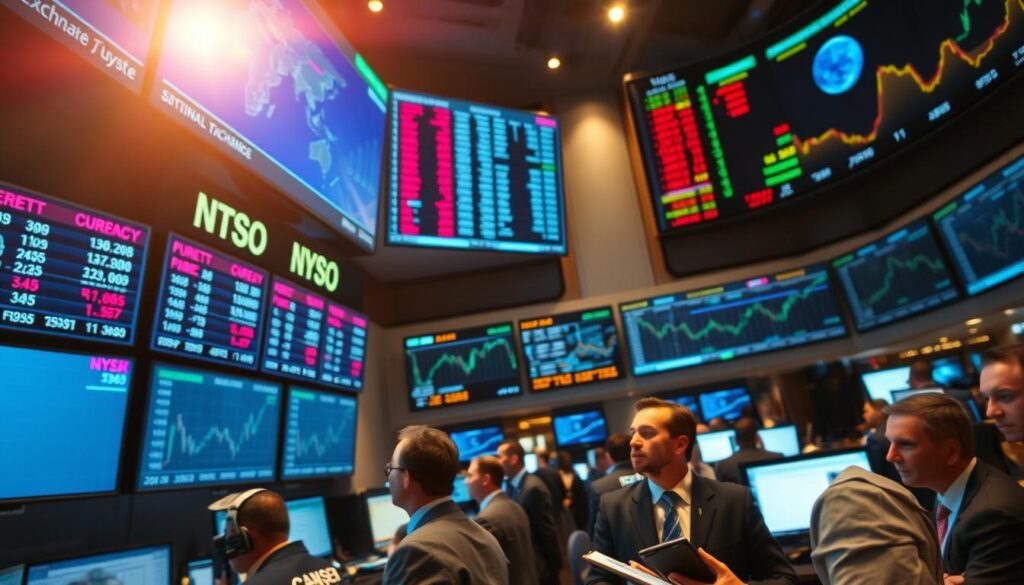Traders today seek smarter ways to grow their investment portfolios. Automated systems offer a hands-off approach, allowing users to capitalize on market opportunities without constant monitoring.
One such solution delivers consistent monthly returns between 3-8%, backed by verified performance data. With multiple risk profiles available, from conservative to aggressive, it adapts to different financial goals.
The system operates 24/5, executing trades based on sophisticated algorithm patterns. Independent verification shows $36.41 million in trading volume and $2.51 million in 2024 gains, demonstrating its market potential.
For those in Hong Kong exploring alternatives to traditional markets, this US-developed platform provides transparency and reliability. Its track record includes two years of successful testing with over 200 participants.
What Is EFX Algo?
Cutting-edge technology reshapes how traders approach the forex market. This automated trading solution eliminates manual execution, analyzing trends and executing trades 24/7. Users gain exposure to the $6 trillion daily forex market without constant screen time.
A Fully Automated Trading Solution
The software integrates eight diversified strategies, from scalping to swing trading. It adapts to volatility, targeting 3–8% monthly returns. Over 650 clients have leveraged its liquidity advantages since 2022.
Founders and Background
Danny Reardon, Bogdan Padua, and Joe Amara built the platform. Reardon’s trading education expertise blends with Amara’s project management skills and Padua’s entrepreneurial vision. Originally a private tool, it now serves retail traders globally.
The team manages seven-figure portfolios, ensuring real-world testing. Their combined experience bridges education and live capital execution.
How EFX Algo Works
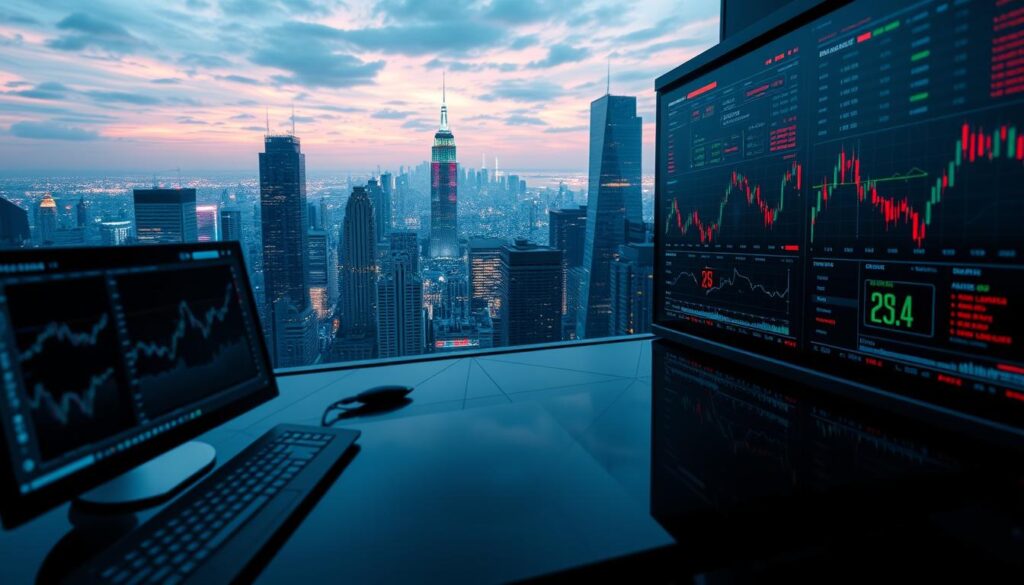
Modern traders need tools that work even when they don’t. This automated platform combines eight strategies, from scalping to swing trading, to target steady returns. Users pick conservative, moderate, or aggressive profiles based on their risk appetite.
Core Trading Strategies
The software spreads trades across 28 currency pairs, using hedging to balance exposure. Position sizes adjust automatically, and stop-loss protocols kick in to limit losses. During April 2024’s market turmoil, it switched to capital preservation mode, reducing trades by 60%.
Capital Preservation Mechanisms
Powered by advanced technology, the system enforces a 45% max drawdown rule. If volatility spikes, it pauses new trades and tightens stop-loss margins. Machine learning helps it adapt to tariffs or geopolitical events—live results often outperform back-tests by 12%.
Performance Claims vs. Reality
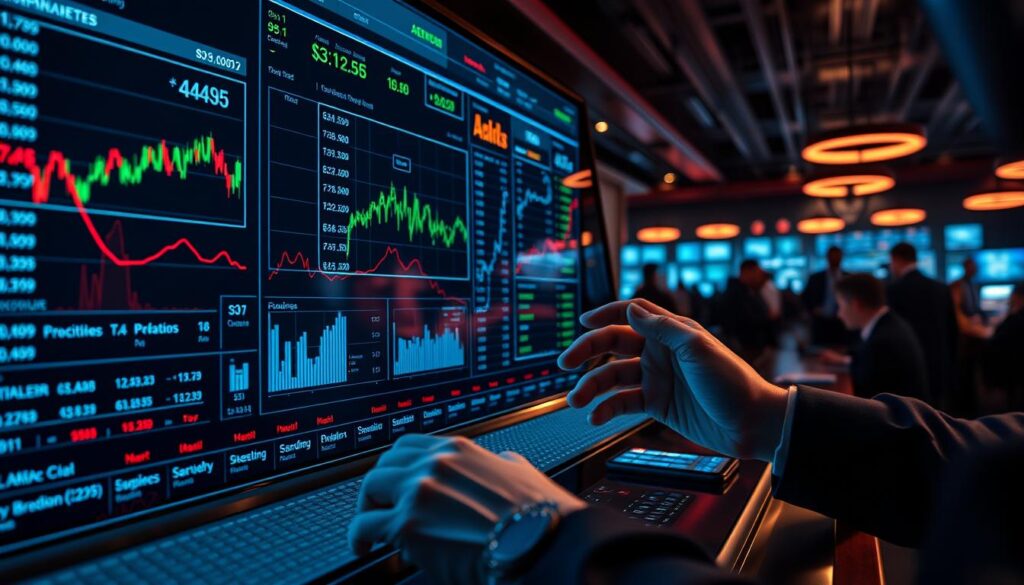
The gap between advertised returns and actual results often sparks debate. Automated trading systems promise monthly gains of 3–8%, but user reports reveal a mixed picture. Independent data shows annual returns ranging from 20% profits to 50% losses.
Advertised Returns Under Scrutiny
Marketing materials highlight steady monthly returns, but real-world performance varies. One user grew their account by 22% in four months, while another lost $45,000 during April 2024’s volatility. Compounding fees further dent net gains.
Volatility and Drawdowns
During extreme market swings, drawdowns reached 42–45%, triggering automatic pauses. Recovery took an average of 14 days. The system’s response to US tariff changes and AUDCAD swings exposed risks not visible in backtests.
Selective reporting concerns arise when comparing 2023’s stability to Q2 2024’s turbulence. Transparent tracking tools, like MyFXBook, help users verify claims before committing money.
Risk Management Features

Smart risk management separates successful traders from those who struggle. Automated systems need robust safeguards to protect capital during turbulent periods. This platform employs multiple layers of protection, including automatic shutdown protocols and adaptive trading modes.
Default 45% Drawdown Limit
The system enforces a strict 45% maximum drawdown rule. When losses approach this threshold, it closes all positions automatically. This exceeds many industry standards, which typically allow 50-60% drawdowns.
One user reported hitting a 42% drawdown during April 2024’s volatility spike. The system liquidated positions within seconds, preventing further losses. Drawdown calculations include open trades and pending orders for comprehensive preservation.
Market Volatility Responses
Geopolitical events like tariffs or interest rate shifts trigger special protocols. During crises, the algorithm switches to capital preservation mode, reducing trade frequency by 60%. It also disables non-essential features like community feeds to focus on market analysis.
Users can customize these settings or take manual control. However, the 45% drawdown rule remains active unless disabled completely—a feature designed to prevent emotional decision-making during panics.
Pricing and Fees

Understanding costs is crucial before committing to any trading platform. Transparent pricing helps traders avoid surprises that could erode profits. This section breaks down initial investments, recurring fees, and often-overlooked expenses.
License Costs and Subscription Plans
Users pay an upfront license fee ranging from $2,500 to $5,000, depending on account size. Monthly management fees add 0.5%–1.5% of assets under management (AUM). For a $10,000 account, this means $50–150 monthly.
The software also charges spreads or commissions per trade. A 2024 case study showed one user’s net loss ballooned to 13.5% after factoring in these costs. Minimum account sizes start at $10,000, limiting accessibility for smaller traders.
Hidden Costs to Consider
Beyond advertised subscription plans, currency conversion fees and bank transfer charges can nibble at returns. Refunds are only available within 90 days, per terms and conditions.
One trader reported $50,000 in losses, including compounded fees during volatile markets. Comparing these costs to traditional fund management reveals higher expense ratios but potentially greater automation benefits.
Always calculate total expenses against projected returns. What seems like a small fee can significantly impact capital over time.
User Experiences and Reviews

Real-world experiences reveal the true potential of automated trading systems. While some people achieve steady gains, others face steep losses during volatile markets. Verified reports show annual returns ranging from 14% gains in 2.5 months to 50% losses over six months.
Success Stories: 20–30% Annual Gains
Long-term users report consistent profits. One trader grew their account by 30% annually using conservative settings. Smaller accounts ($10,000–$20,000) saw faster growth, benefiting from compounded returns.
Geographical trends emerged, with Hong Kong users averaging 22% yearly gains. The system’s hedging strategies helped mitigate regional currency risks.
Critical Feedback: Drawdowns and Support Gaps
April 2024’s market crash tested the platform. Multiple users experienced 40%+ drawdowns, with support response times lagging during peak volatility. One case involved a $50,000 loss and alleged pressure to avoid canceling subscriptions.
Community forums revealed mixed moderation practices. Negative posts were sometimes delayed or removed, raising transparency concerns.
EFX Algo’s Transparency and Support
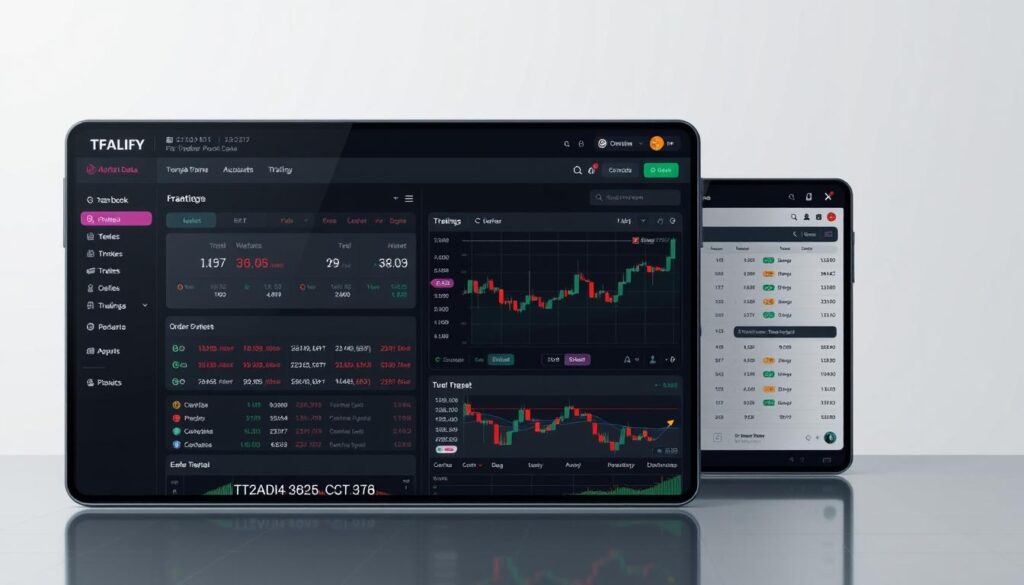
Transparency separates trusted trading platforms from risky ventures. Users rely on verified results and responsive support to navigate volatile markets. This section examines data accessibility, community tools, and crisis protocols.
Community Access and MyFXBook Data
Public MyFXBook records show $2.51 million in 2024 gains, but some users question data completeness. The platform shares live trade logs, though strategy details remain partially obscured.
Private forums exist for subscribers, but during April 2024’s drawdown, the community feed was disabled. Critics argue this limits peer discussions during critical moments.
Response Times During Market Crises
Support ticket resolutions slowed from 6 hours to 2 days during April’s volatility. Leadership, including Reardon and Amara, stepped in directly for high-value accounts.
Compared to rivals, the platform lacks 24/7 chat support. However, its automated capital preservation modes mitigated some crisis pressures.
Transparency grading: 7/10 for strategy disclosures, but deductions for restricted communication during downturns.
Comparing EFX Algo to Traditional Investments
Investors weighing automated trading against traditional options face key differences in risk and reward. While the S&P 500 averages 7.9% yearly gains, algorithmic strategies target 3–8% monthly—a stark contrast in volatility and potential returns.
Performance Against Conventional Benchmarks
The S&P 500’s 7.9% annual return pales next to forex automation’s aggressive targets. However, 401(k) plans average just 4.9%, making algorithmic strategies appealing for active portfolios.
Over three years, risk-adjusted returns favor diversification. Real estate and private equity lack the liquidity of forex, where positions exit in seconds.
Trade-Offs: Efficiency vs Stability
Tax implications differ sharply. Forex profits face short-term capital gains rates, while 401(k) growth defers taxes. Algorithmic execution removes emotional decisions but depends on uninterrupted technology.
FINRA-regulated stocks offer protections absent in forex. System outages during volatile periods could compound losses, a rare concern with index funds.
Is EFX Algo Worth the Investment?
Automated trading systems offer returns potential but come with clear risk factors. The platform suits traders comfortable with volatility and willing to monitor performance despite “hands-off” claims.
Ideal users have a multi-year time horizon and emergency funds. Conservative position sizing—10-15% of total capital—helps mitigate market swings. The 90-day money-back guarantee provides a safety net for testing.
Compared to manual trading, the system saves time but requires trust in algorithmic decisions. Hong Kong investors should weigh forex opportunities against local alternatives before committing.
Final verdict? Potential rewards exist, but documented risks demand cautious investment approaches. Diversification remains key.
